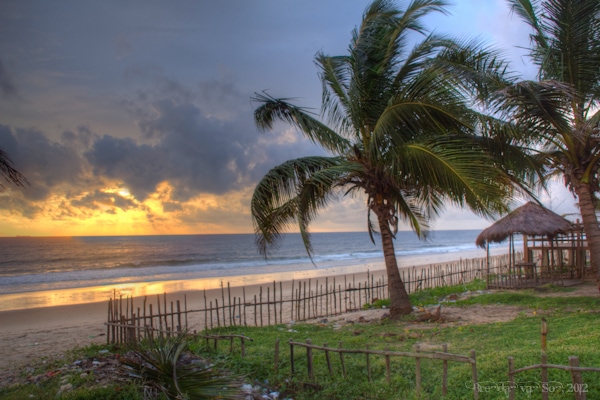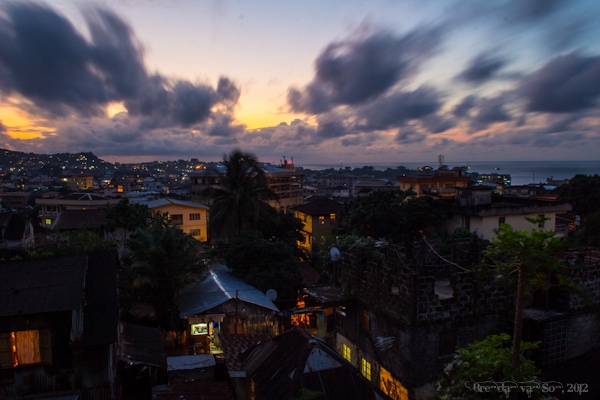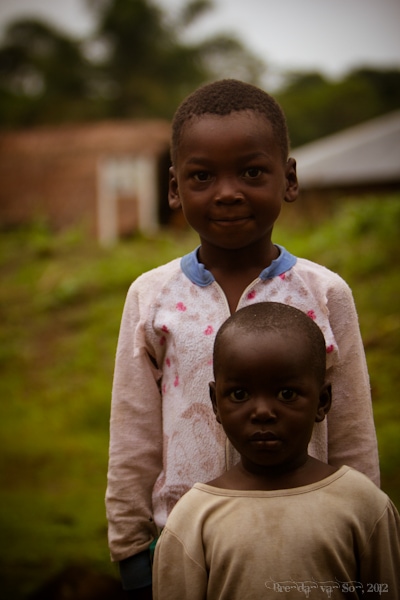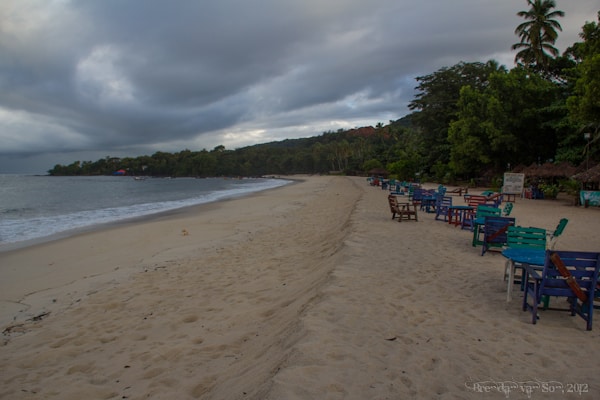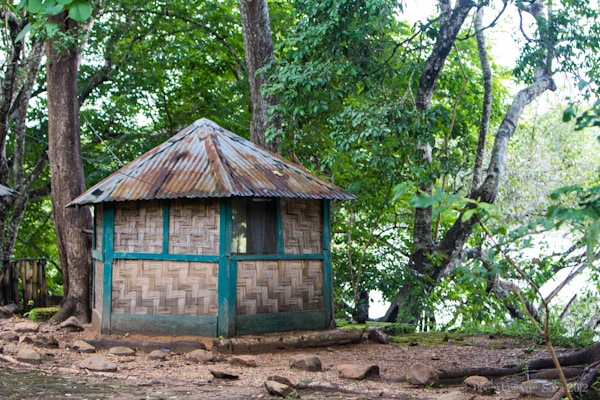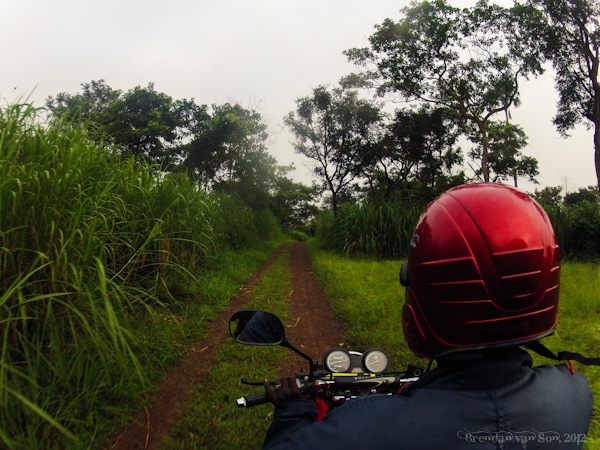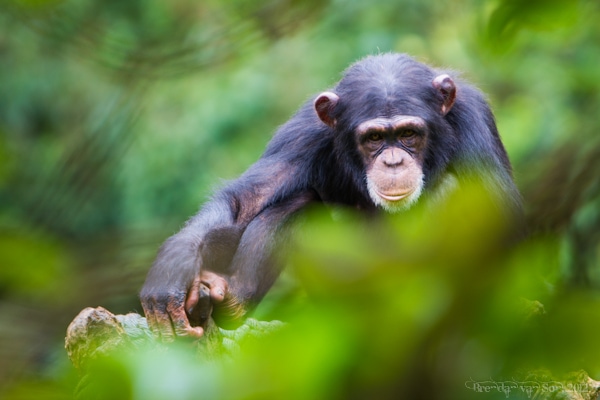By the time I arrived at the beach in Sierra Leone, I had still not seen another tourist in all of West Africa.
Little did I know then that it would be almost 3 months before I finally meet a legitimate tourist in the region. Sure, it was the rainy season in West Africa, but tourism wasn’t just slow it was non-existent. Thus I’m going to look at tourism as both a formula that needs to be completed to draw people and then later a quick breakdown of what needs to happen for West Africa to start growing as a tourism destination.
The “Formula” to Tourism
I like to believe that there’s a specific formula that can be drawn for whether a destination is a worthy tourism destination.
Basically, it’s a points system. The higher you score, the more likely you are to have interested travellers. Certain things, like having a world wonder, are worth many more points than something minor like having a small herd of Giraffes. But even without that one big draw a destination can still become a tourism hotspot as long as it has a variety of other things.
Now there’s no science to this, but imagine the points are something like this:
- World Wonder (Iguazu Falls, Machu Picchu, The Great Pyramids, etc.) = 100-200 points
- Beautiful beach = 10-50 points depending on how beautiful
- Wildlife = 10-50 points depending on how accessible and “intense”
- Urban Life, History and Architecture (Paris, London, etc) 20-50 points
- Culture (Think Papau Guinea or Nepal) = 10-30 points
- Adventure (hiking, kayaking, etc) = 10-30 points
- Accessibility = 30-50 points
Now, obviously I left a lot of things out of the list, but that’s a basic breakdown. So for fun we can play with certain places. Let’s take a look at the granddaddy of all destinations: Paris.
It has the Eiffel Tower (200 points), history (50 points), and let’s say 25 points worth of culture. That’s 275 points. Now let’s look at Costa Rica: beaches (35 points), wildlife (30 points), v=culture (10 points), adventure (30 points) = 105 points. It probably also gets some bonus points for good press and accessibility, so maybe 115 points. By this estimate Costa Rica would see about 60% less tourists than Paris.
Now what is interesting to me are the x-factors, which leads me to Sierra Leone.
By the typical standards, Sierra Leone would actually probably score as high or higher than Costa Rica: Beaches (40 points), Wildlife (40 points), Culture (15 points), Adventure (25 points) = 115 points. And the truth is, as someone who has visited both, Sierra Leone is probably a more intriguing location overall.
Of course, there are a plethora of factors which can limit that tourism score; basically negative scores. Things like: safety, perception, poor infrastructure and unstable governance all come into play. However, in the case of Sierra Leone most of the negative scores are more perceived than they are real.
Below I give some “advice” to Sierra Leone on how to boost tourism in the country.
Change Perceptions to Increase Tourism
One of the big negative scoring factors is the perception that a country is dangerous.
No matter how beautiful or amazing, most foreigners aren’t going to travel somewhere they perceive to be dangerous. Even Mexico, over the past couple years has taken a hit as it has been seen as more and more dangerous.
West African nations complain to no end about getting bad publicity, and they are right.
But, there is a simple solution and that is creating your own publicity. Right now, the image in people’s heads of Sierra Leone is that of child soldiers and war. Pump out a media campaign via a tourism board (either government or private) in hopes of changing that perception; show them images of the beaches, the chimps, and of the people. Use some of that aid money that pours in to help the image of the country and it won’t only help the tourism industry but foreign investment in general through all sectors.
Never once in Sierra Leone did I ever feel threatened. I certainly felt safer than I ever did in tourist zones like Bolivia and Mexico. I mean, I even felt safer than I did riding the metro in Barcelona. But perceptions are everything, and people associate Sierra Leone with violence still to this day, 10 years after the end of the war; regardless of the fact that couldn’t be further from the truth.
Make it Easier for Tourists
The problem here is that there is no sense of delayed gratification, everyone is trying to get their piece right away.
I’m much less likely to visit a country that I have to pay $100 visa, as well as be taxed along the way, than I am a country like Senegal which doesn’t charge for a visa. Yes, you’re going to get $100 from a tourist for visiting your country.
However, if you have no visa process for people visiting from the so-called “have” countries, it will entice more people to come. These people won’t be giving you $100 each, but they will be putting $1000s of dollars into the country directly via hotels, restaurants, etc. Tourism is the only industry in the world that I can think of that passes money from one country’s economy directly to another without “trading” anything back.
It’s not even the cost of the visa that deters tourists, it’s the fact that it’s another thing to worry about when there’s already travel stress.
Improve Tourism Infrastructure
Sierra Leone’s national parks are badly underfunded and neglected. The incredible Outamba-Kilimi National Park bursts with wildlife, but the infrastructure is shocking. There is no electricity, the road in is horrendous, and there is no system set up to make it easier for visitors to see the wildlife. They can’t even afford to build a wildlife tower over the grasses which would make watching the Elephants easy. I might be one of the only travellers in the world who likes the challenge, but, at the moment, people will constantly use the excuse that “it’s not worth the struggle to get there”. The amount of investment needed is quite minimal, and could increase tourism greatly.
Accept and Incorporate the Past
Some seriously horrible things went down in the past in Sierra Leone both recently and during the age of the slave trade, and most of the press in the world relates to that because it is exciting.
But, people are interested in that past. So as shameful as it may be, bring it into the tourism business itself. I’ll never forget how in Belfast there were tours set up related directly to the war, and they were very interesting.
Tours in Sierra Leone could talk about the war, or slavery. The past was hard on this country, but using it to draw people to the country could not only turn a negative into a positive but also be a tool for teaching people of the grave mistakes that were made and how to avoid them in the future.
Look at Rwanda’s Model
Perhaps the best example I can think of a country that has done everything right post-conflict and use it to prosper is Rwanda. The country used foreign investment to improve its image via the mainstream media, tourism boards, and social media. They improved infrastructure, enhancing the popularity of draw like Mountain Gorilla safaris. And they have accepted the past, and incorporated things like mass graves and genocide memorials into their tours.
Despite the dozens of movies made about the horrors in Rwanda, the country has successfully pushed this perception into the past and changed the way potential tourists view the country.
Conclusions
This has been the longest post I’ve ever written, and if you are still reading I congratulate you. But the whole time I was in Sierra Leone I kept thinking to myself, this place has so much potential for tourism. I could almost see the ziplines being built through the mountains, pale Brits laying out on the beaches, and the Germans in the best safari outfits money can buy spotting chimpanzees through their binoculars.
I’d like to know your thoughts. What would need to change in your minds for you to consider Sierra Leone a tourism destination?

